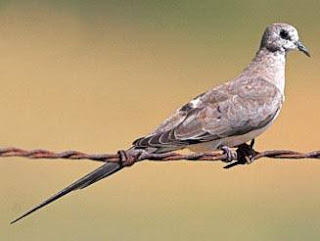KALENJIN DOWRY
KALENJIN DOWRY
KALENJIN DOWRYDowry payment among the Kalenjin were as follows;
1. Teta ne abai (cow under lactation) this signifies procreation to the new family.
2. Eito ne iyumi tuga (Oxen).
3. Teta nebo riyotet/ne kotot (Cow near to conceive).
4. Roriat (Heifer).
5. Teta ne iyumi nego/iywoget (mature cow).
6. Kwesta/Kipkugeret (he goat for father).
7. Kechiriet/Chepkugeret (Sheep for mother).
8. Chepngabait/Roriat (token for upkeep especially during childhood).
9. Kechiriet nebo arwet (for mother in law so as to allow son in law call her Boger alternatively Goat with lamb for mother in law so as to allow son in law call her Boger.
10. Mwaita (soap for the father, lump sum money ranges between ten thousand to four hundred thousand shillings currently.
11.Chepletiot-Normally mature heifer where the son in law will later take back the calf. Normally Chepletiot is not commonly paid but in a situation where the husband querrels with his wife to the point where she goes to her real fathers home and the mistake emanates from the husband, the husband was compelled to pay chepletiot.
12.Nyoetab kaat (normally if the couple elopes without the consent of their immediate families the husband was supposed to pay a fine of normally five thousand to twenty thousand to his wife father/family)kiome sanian koigeny meaning that the assistance from inlaws is endless.

















